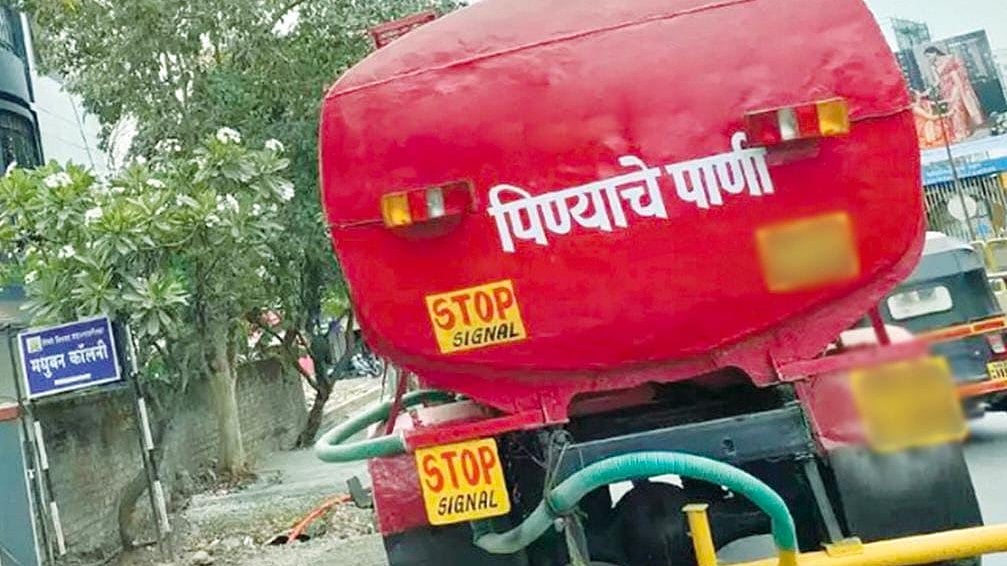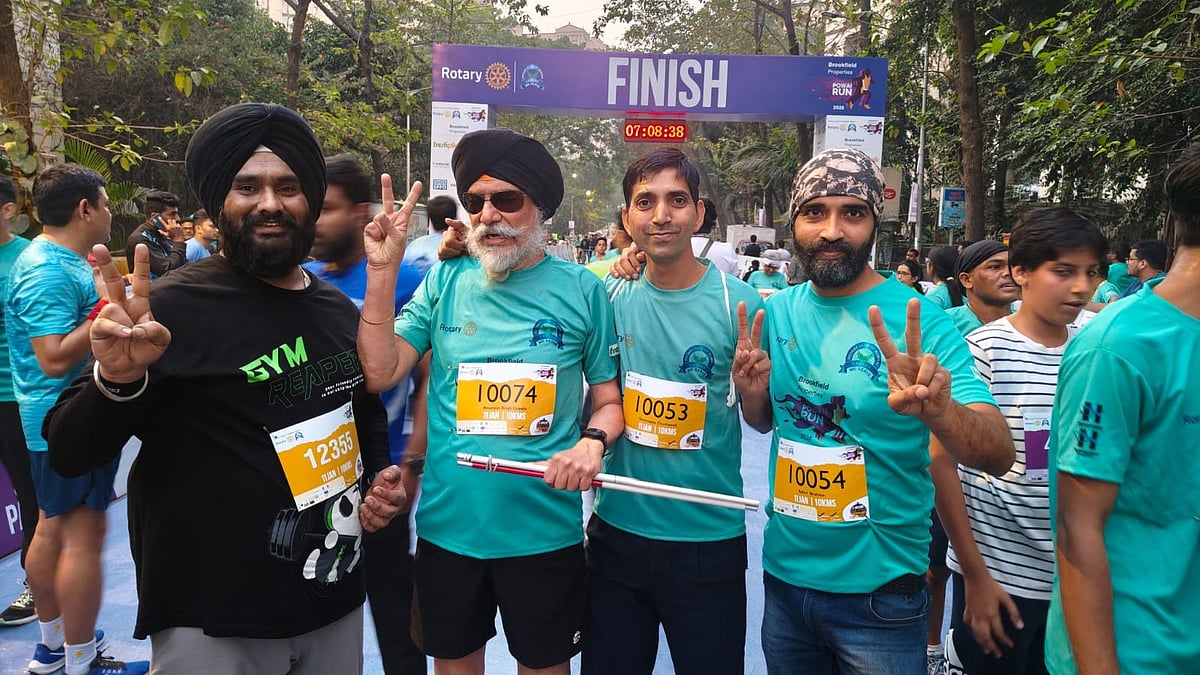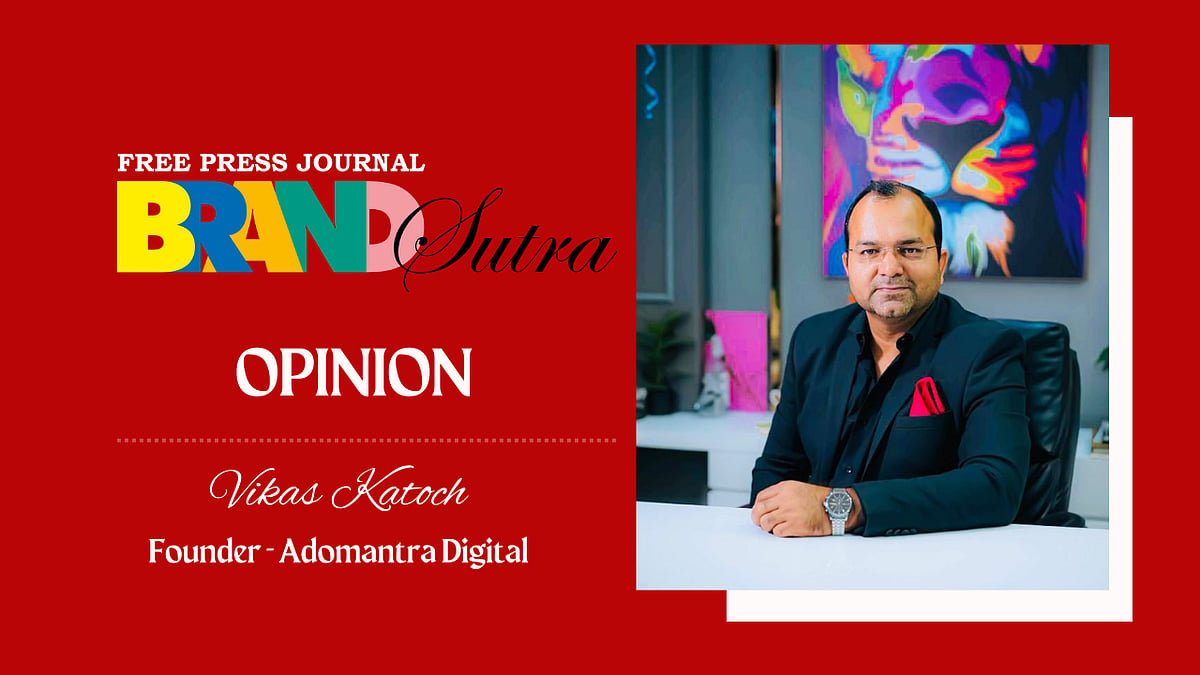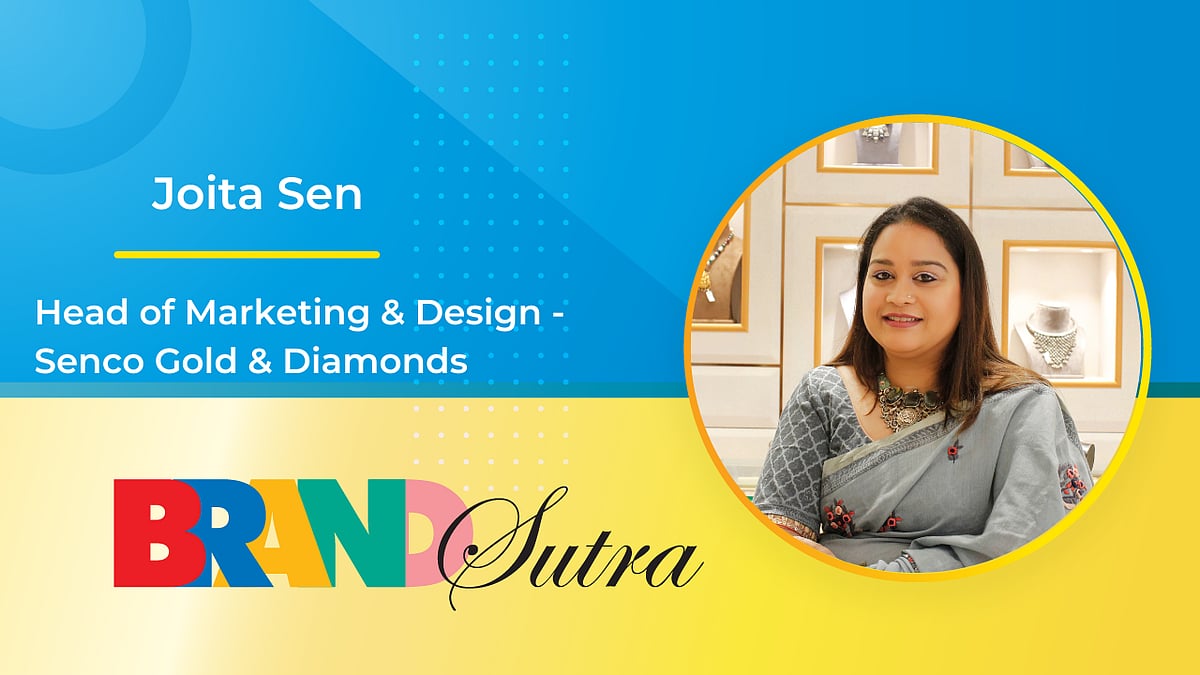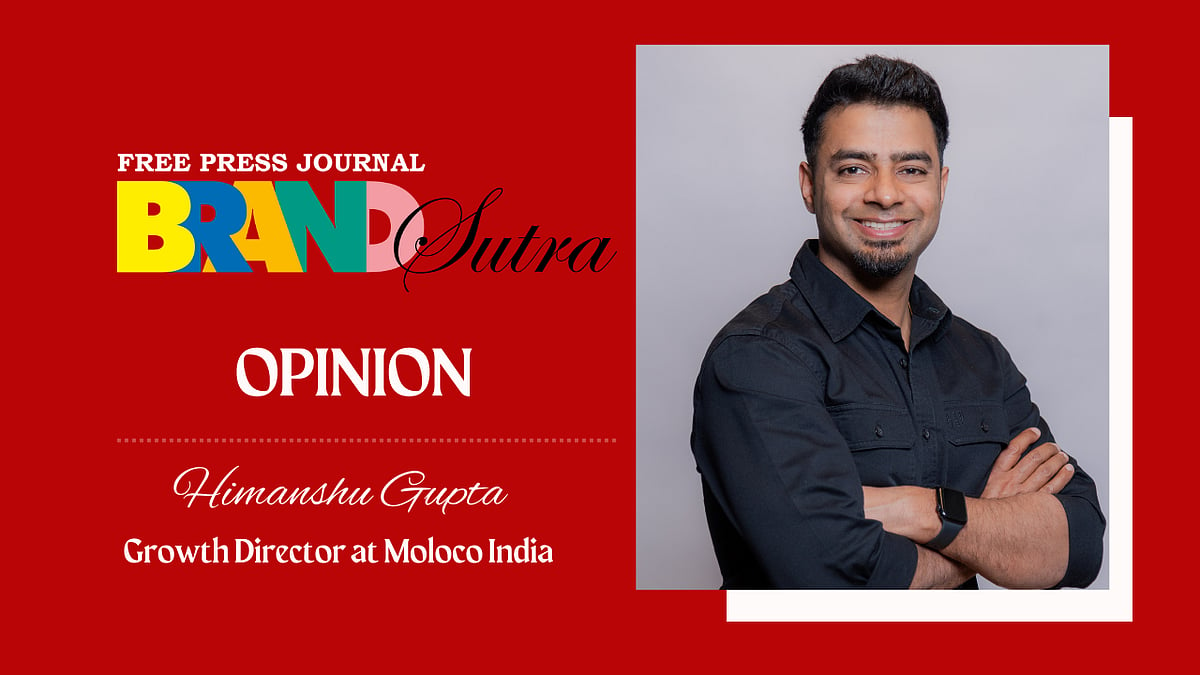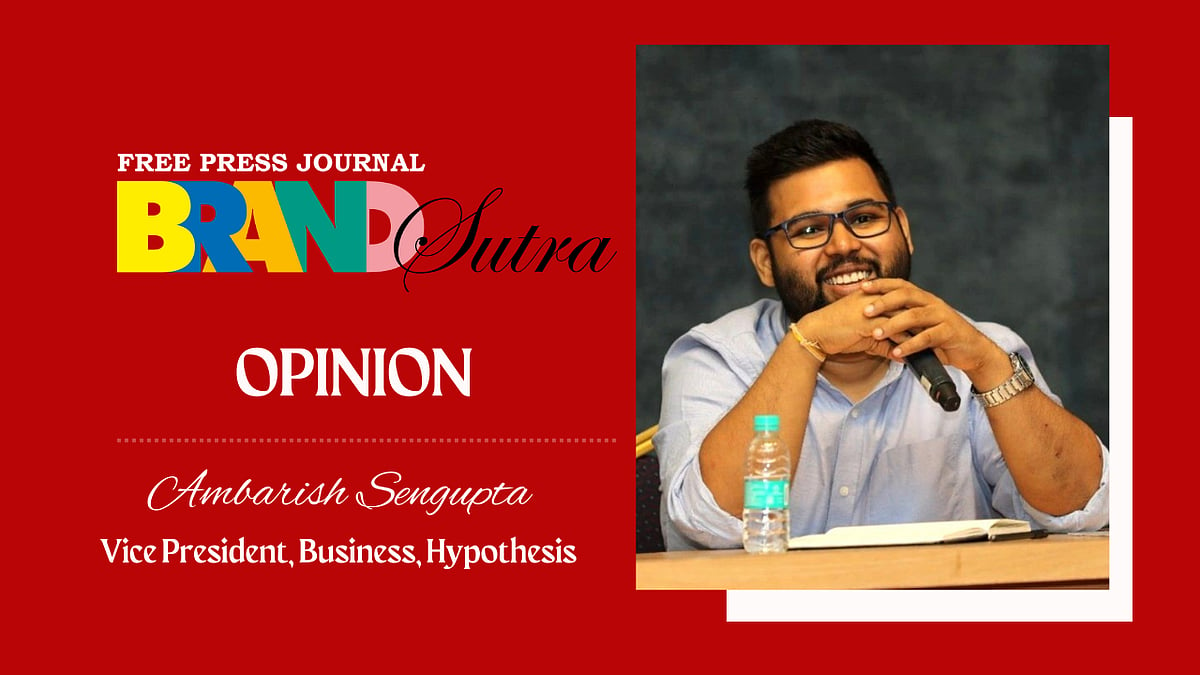Brand Fabindia, that grew on the back of traditional Indian lifestyle products, has evolved to embrace the needs of millennial and Gen Z consumers, adopted modern trade channels and is undergoing an end-to-end digital transformation this year. Here are excerpts from a conversation with VINEY SINGH, Managing Director, Fabindia Limited, in which he talks about current initiatives and future plans for the brand:
Please take us briefly through the history of Brand Fabindia. What are the high points of its journey of more than 60 years?
Fabindia Limited is a consumer lifestyle platform with an established 62-year legacy focused on authentic, sustainable and Indian traditional lifestyle products. We began with taking the diverse crafts of India to the world, and now have 300+ stores in India with a diversified portfolio of offerings including apparel and accessories, home and lifestyle, personal care and organic foods. We work with over 50,000 artisans and 12,000 farmers, helping them produce and market high quality, contemporary design-led artisanal products. Fabindia’s growth over the years has been closely linked with India’s progress. We are a mission-driven organization with a strong belief in responsible production, responsible consumption and supporting rural entrepreneurship.
How does Fabindia stay relevant to the changing consumer of today? What are some of the initiatives in this direction?
While our offerings continue to be rooted in Indian handicrafts and craftsmanship, we have brought about a fresh perspective and thought to them. Last year, we introduced a new affordable range ‘FabNU’ which provides Indo-Western options for our millennial and Gen Z customers. We also introduced the ‘NUIndian’ range this festive season, adding trendy silhouettes, slim fit kurtas with asymmetric necklines for men, vibrant skirts and kurtas for women. Moving beyond apparel, we have also launched an immersive personal care range ‘Fabessentials’. Beyond these launches, we continuously work to improvise our retail stores to create an engaging and holistic shopping experience where customers can look around, shop, try our products and services and have a wholesome dining experience at FabCafe. We have also seen a significant increase in online traffic on our website Fabindia.com post the pandemic and have ensured a seamless experience across channels.
Give us a sense of your retail presence in India and abroad, and recent focus on e-commerce. How are sales skewed between store buys and online purchases?
Fabindia’s ‘go to market’ strategy revolves around offering an omnichannel and D2C experience. We have a pan-India network of 309 stores and 28 experience centres. Our e-commerce channels, led by our own website, help offer our customers an omnichannel shopping experience. We also have stores outside India, and this year we celebrated 10 years of Fabindia in Singapore.

With a large number of organised players entering the ethnic wear category, competition is stiff. What is the USP of Fabindia that works in this scenario?
Fabindia was a very early mover in branded ethnic wear in India across women’s, men’s and kids wear, and while this remains our biggest draw, we have now successfully diversified our portfolio to include a sizeable Western and fusion offering. Our brand ethos and design capability are our biggest differentiator. Our products are natural, craft-based, contemporary and very affordable for this proposition, and caters to consumers all across India and globally. There was a strong inspiration to take India’s vast and diverse craft to the market, while providing equitable employment and livelihoods to artisans. This is at the heart of the ‘triple bottomline’ approach Fabindia has always followed. Another big USP is rooted in the strong connect we have with our network of artisans spread across 21 States, built over decades, and this makes our supply chain difficult to replicate. Our sustainable-by-design business model prioritizes the interests of artisans, suppliers and the contract manufacturer community.
What next? Tell us about Fabindia’s growth and expansion plans in future, including the diversification and collaboration agenda. Have you set any targets? How close are you to the IPO?
The company intends to continue expanding and integrating physical and digital capabilities to create a seamless and integrated omnichannel network. Through increased brand awareness, consumer engagement and reach, we aim to grow our customer base and at the same time personalise and customise our offerings as part of our Fabfamily loyalty programme. We will continue to expand and strengthen our relationships with farmers, artisans, suppliers etc. We will add to our product portfolio by launching fusion-wear based on designs that are a mix of traditional and contemporary styles, and casual wear across apparel categories. We also propose to add new products which are contemporary, fit for everyday use, and affordable in order to target new customer categories.

Our home business got a big tailwind during the pandemic and we are now showcasing this portfolio through increased space in stores and catalogue on our website. We plan to focus efforts into marketing new product offerings to existing customer base in the organic food space, including the line of healthy snacks, staples, detox products and personal care. We also plan to increase production of organic staples to include higher frequency purchase items like pulses, spices and specialty cooking oils and increase the frequency of interaction with our consumers on a daily basis.
We remain committed in our efforts towards sustainability and ESG and we will continue to prioritise activities that promote sustainable and social impact. We are constantly looking into ways to further improve the environmental sustainability of operations, such as using various natural fibres to make products, managing our energy use, recycling materials and reducing waste generation, among other things. We are focused on promoting responsible consumption. Meanwhile, we are looking to increase the number of experience centres, which house our product and service offerings such as FabCafe, an interior design studio, alteration studio, children’s alternative learning area, all under a single umbrella.
Talking about the IPO, the launch timing will be decided after taking into consideration various factors such as relevant statutory approvals, stock market conditions, feedback from investors and intermediaries, among others. We will keep you posted!
What have been your most remarkable on-ground experiences/ learnings in marketing across your career in the hypermarket industry, lifestyle and retail industry, telecom industry and in FMCG?
My biggest learning has come from having lived in 10 States in India, spread equitably across North, South, East and West courtesy my education and work assignments. The understanding one gets of consumer behaviour by living in a city is unparalleled. There is no substitute for it. When I think of a city or a State in India, I instantly form a mental picture of a typical consumer and what makes them tick as I have experienced this first hand.
Tell us about yourself as a person outside the realm of work. What is one motto that guides you as a business leader?
Outside family and work, I have many passions and sport is undoubtedly the dominant one. Squash, tennis, golf, swimming and scuba have been my recent favourites. The motto which I practise consistently is: ‘Work hard and play hard’. I try to maintain a sensible work-life balance.
SHORT TAKES
On product categories and what’s new in the pipeline:
The recent focus has been on vibrant collections for young millennials and Gen Z customers. In our core ranges, we have also added new design innovation in traditional Banarasi, Kanjeevaram, Jamdani sarees and embroideries like kantha and ajrakh with badla work. There have been significant changes in our women’s wear fits based on an in-depth pan-India survey of the predominant body shape.
On collaborative efforts with entrepreneurs: In recent years, we have collaborated with entrepreneurs to create new offerings for Fabindia customers. These include:
Partnership with Chef Sunil Chauhan to launch FabCafe, which is an integral part of Fabindia Group’s ethos and focus on healthy, conscious living
Partnership with young entrepreneurial couple, Sania Arora Jain and Shantanu Jain, to launch the personal care range, Fabessentials, a critical player in the clean beauty business. Its range consists of skincare, haircare, body and bath, aromatherapy and gift sets.
Collaboration with young entrepreneur, Sharika Munshi, to launch screen-free kids’ zone Tugbug at our experience centres. This helps make shopping a fun experience for kids and parents.
On creating the next generation of Fabindia customers:
We are in the midst of an end-to-end digital transformation this year, which includes our ERP, CRM, POS, B2C platform, etc. We plan to leverage technology to create a complete human experience by integrating entertainment with e-commerce, improving our customer experience across channels via feedback, surveys and insights we derive from our Fabfamily customer loyalty programme, which has a base of 5 million members.

